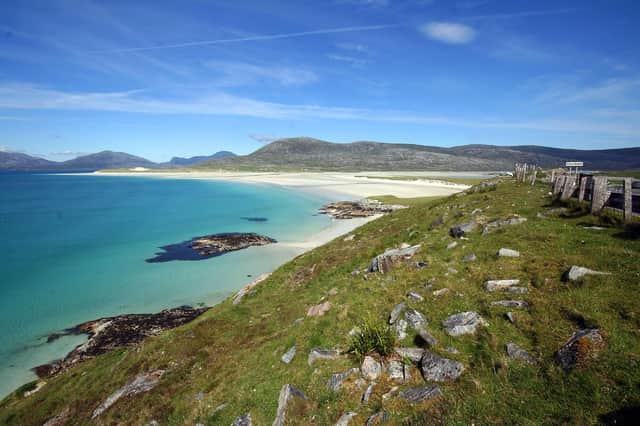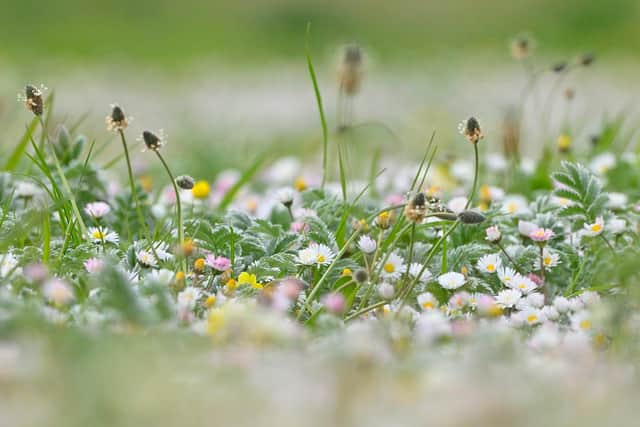Luskentyre: Anger as disposable barbecues burn protected machair


Patches of the low-lying grasslands at Luskentyre beach on the Isle of Harris have been damaged with calls for people to better respect the fragile habitat, which is considered among the rarest in Europe.
Local residents have claimed the fires are being lit at the beach with “alarming frequency” with the machair routinely damaged.
Advertisement
Hide AdAdvertisement
Hide AdAnger was expressed on social media after one commentator suggested “it’s only grass and will grow back”.


A post by the administrator of the Luskentyre Beach – Isle of Harris Facebook group said: “This is severely missing the point but probably comes through a lack of education on environmental considerations.
"The dunes and machair in Luskentyre/Seilebost are designated as a Site of Special Scientific Interest by Scottish Natural Heritage as well as it being classified as a National Scenic Area.
"These designations are there to reflect the rare flora and fauna of the area and a desire to protect them in their natural state.”
The plea for people not to light fires was not to “spoil fun, but to protect this very delicate eco-sytem”.
The post added: "Photos you need for social media posts do not need a fire in them for you to enjoy yourselves in a beautiful environment.”
‘Machair’ is the Gaelic word for fertile, low-lying grassy plain with the habitats only found on the exposed west-facing shores of Scotland and Ireland.
Common flowers such as red clover, bird’s-foot-trefoil, yarrow and daisies are usually found on machair but rarer species such as as lesser-butterfly orchid, Hebridean spotted orchid and marsh orchid are sometimes found.
Advertisement
Hide AdAdvertisement
Hide AdAt Luskentyre, the site of special scientific interest protects “one of the finest transitions in the west of Scotland from open sea, through sand flats, marsh, sand dunes and machair to acid peat moorland”.
The issue with fires at Luskentyre comes as communities across the Highland and Islands deal with growing visitor numbers and associated challenges.
With restrictions still in place on overseas travels, domestic tourism is expected to boom this year.
Campaigns are being produced by several public agencies to encourage people to holiday responsibly following reports in several areas in 2020 of overcrowding, littering, dirty camping and human waste being left behind.
At Luskentyre, people are being advised to use camping stoves if they need a flame.
David Maclennan, NatureScot’s Argyll and Outer Hebrides Area Manager, said: “Machair is a globally rare habitat, unique to the north west of Scotland and Ireland, and incredibly valuable to the nature it supports as well as our culture and tourism. Being very low-lying, it’s vulnerable to coastal erosion caused by climate change.
“Fires can cause localised damage to sensitive machair habitats, which can take many years to recover. Apart from being unsightly, it is damaging to the habitat and can exacerbate erosion. The Seilebost spit is fairly dynamic, and any natural erosion can be accelerated by fire. Fire kills the vegetation, exposing the sand, which can then blow away.
“Our advice to visitors is to enjoy the outdoors responsibly. Use a camping stove and never light open fires or use instant barbecues on machair habitats.”
A message from the Editor:Thank you for reading this article. We're more reliant on your support than ever as the shift in consumer habits brought about by Coronavirus impacts our advertisers.
If you haven't already, please consider supporting our trusted, fact-checked journalism by taking out a digital subscription.
Comments
Want to join the conversation? Please or to comment on this article.
